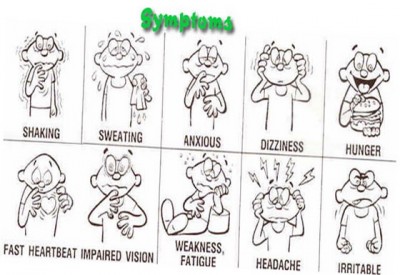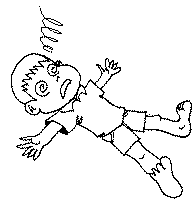Streamlining a patient’s entry to the healthcare continuum is one of our main roles in EMS, and the key step in most cases is when we transfer care at the emergency department. This isn’t rocket science, but you can do it well or less well, and frankly I think it’s tough to do right unless you can see the whole picture. We never really know in what ways we’re setting up people effectively for their ED care and in what ways we’re part of the problem, unless perhaps we work on both sides.
So I asked for a little help here. I sat down virtually with Dr. Brooks Walsh, ED attending extraordinaire — author of Mill Hill Ave Command and Doc Cottle’s Desk — and with Jeff, an ED nurse from my area. We discussed how to work and play together better, including topics like handoff reports, useful histories, and typical ED courses of care.
Click here to listen or download (1:15, MP3 format)
A few of the bullet-worthy points:
- Jeff’s hospital saves time in all trauma, stroke, and STEMI activations by assigning patients an alias immediately upon notification by EMS. That way registration isn’t lurking around while the team is trying to treat the patient.
- Cath lab activations from the field are still often about trust — whether staff knows the individual provider or the particular service calling. Rightly or wrongly, there’s also a stricter de facto standard for activation during off hours when nobody wants to get out of bed.
- For stroke, neurology may be in the room when you arrive, but more often, especially in smaller hospitals, they’re available by page or teleconference.
- When bringing in the stroke, try and ensure that family who can testify to time-of-onset/time-last-seen-normal, as well as consent to treatment on the patient’s behalf, are present — ideally transported with you — not unavailable in a taxi somewhere.
- When you walk in the room, the typical team is a doctor, a nurse, a tech, then any extras — residents or other students, surgery, pediatrics, whomever. And registration is the dude with the clipboard or computer, of course.
- When reporting to the doc, focus on: first, anything that needs to happen immediately; second, information he can’t get elsewhere (i.e. not patient medical history unless it’s not available in the records, laundry list of negatives, etc.), such as how you found the patient, general context, changes en route, etc.
- Written PCRs are usually not read due to difficulty obtaining them and general unfriendliness (hard to find info, obscure writing), but sometimes there’s useful stuff in there, particularly in the narrative itself.
- Baseline patient info from EMS is great if we know the patient well (frequent fliers); baseline info from bystanders, staff, family etc. is okay but less reliable.
- Get patients to their usual facility if at all possible, especially those with complex histories, and especially anyone with recent surgical history — otherwise they’ll just get transferred later.
- “Take me to x, my doctor is there” (meaning PCP or specialist) — less important, but can be nice if there are chronic issues and they’d like to maintain the existing treatment plan.
- Disagreements over patient triage or treatment: find the attending or perhaps resource nurse and voice your concern. In the long-term: raise issues with the hospital’s EMS liaison (either directly or through your internal chain of command).


Recent Comments